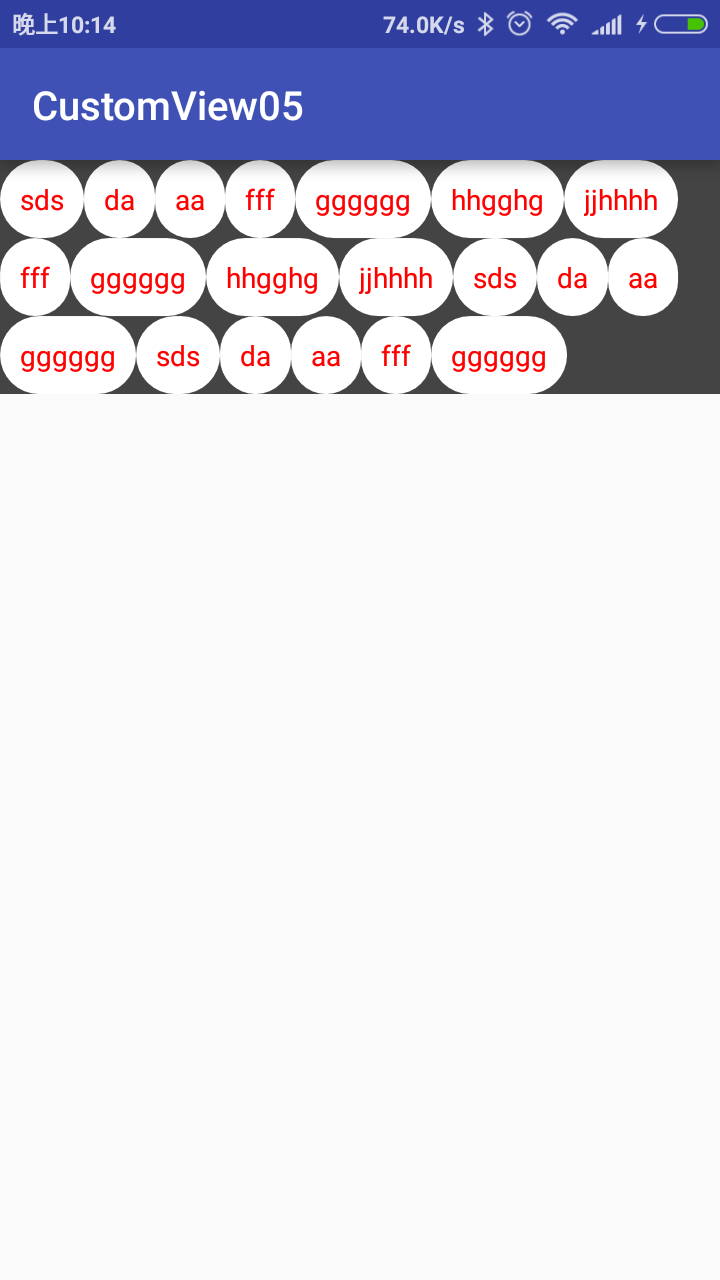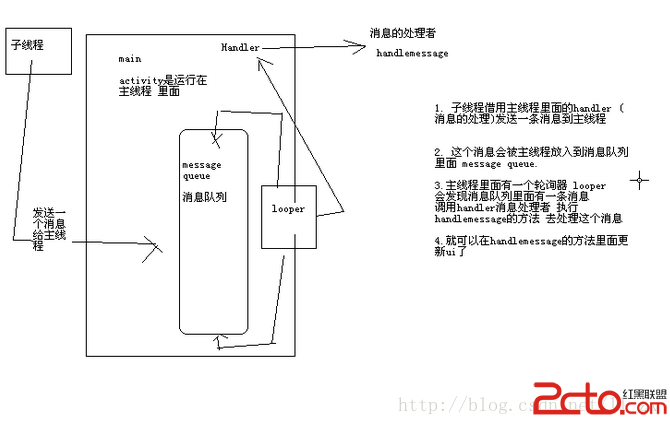編輯:關於Android編程
我們在做應用開發的時候,一個Activity裡面可能會以viewpager(或其他容器)與多個Fragment來組合使用,而如果每個fragment都需要去加載數據,或從本地加載,或從網絡加載,那麼在這個activity剛創建的時候就變成需要初始化大量資源。這樣的結果,我們當然不會滿意。那麼,能不能做到當切換到這個fragment的時候,它才去初始化呢?
答案就在Fragment裡的setUserVisibleHint這個方法裡。請看關於Fragment裡這個方法的API文檔(國內鏡像地址:http://dd.ma/nvSZLKjU):
Set a hint to the system about whether this fragment's UI is currently visible to the user. This hint defaults to true and is persistent across fragment instance state save and restore. An app may set this to false to indicate that the fragment's UI is scrolled out of visibility or is otherwise not directly visible to the user. This may be used by the system to prioritize operations such as fragment lifecycle updates or loader ordering behavior. Parameters isVisibleToUser true if this fragment's UI is currently visible to the user (default), false if it is not.
代碼如下:
/* * Date: 14-7-17 * Project: Access-Control-V2 */ package cn.irains.access_control_v2.common; import android.support.v4.app.Fragment; /** * Author: msdx ([email protected]) * Time: 14-7-17 下午5:46 */ public abstract class LazyFragment extends Fragment { protected boolean isVisible; /** * 在這裡實現Fragment數據的緩加載. * @param isVisibleToUser */ @Override public void setUserVisibleHint(boolean isVisibleToUser) { super.setUserVisibleHint(isVisibleToUser); if(getUserVisibleHint()) { isVisible = true; onVisible(); } else { isVisible = false; onInvisible(); } } protected void onVisible(){ lazyLoad(); } protected abstract void lazyLoad(); protected void onInvisible(){} }
我這麼寫是為了代碼的復用。因為在fragment中,我們還需要創建視圖(onCreateView()方法),可能還需要在它不可見時就進行其他小量的初始化操作(比如初始化需要通過AIDL調用的遠程服務)等。而setUserVisibleHint是在onCreateView之前調用的,那麼在視圖未初始化的時候,在lazyLoad當中就使用的話,就會有空指針的異常。而把lazyLoad抽離成一個方法,那麼它的子類就可以這樣做:
public class OpenResultFragment extends LazyFragment{
// 標志位,標志已經初始化完成。
private boolean isPrepared;
@Override
public View onCreateView(LayoutInflater inflater, ViewGroup container, Bundle savedInstanceState) {
Log.d(LOG_TAG, "onCreateView");
View view = inflater.inflate(R.layout.fragment_open_result, container, false);
//XXX初始化view的各控件
isPrepared = true;
lazyLoad();
return view;
}
@Override
protected void lazyLoad() {
if(!isPrepared || !isVisible) {
return;
}
//填充各控件的數據
}
}
在這裡我對fragment的懶加載實現的介紹就到此為止,如果你有興趣,可以基於此再深入探究,比如寫一個帶有緩初始化和可見時刷新的特性的Fragment。
 28 自定義View流式布局
28 自定義View流式布局
流式布局每行的行高以本行中最高的元素作為高,如果一個元素放不下到一行時直接到第二行FlowLayoutViewpackage com.qf.sxy.customview0
 Android中的Handler
Android中的Handler
當我們在處理下載或是其他需要長時間執行的任務時,如果直接把處理函數放在Activity的OnCreate或是OnStart中,會導致執行過程中整個Activity無響
 玩轉android之Action bar
玩轉android之Action bar
玩轉android之Action bar 背景: 在Android3.0之後,Google對UI導航設計上進行了一系列的改革,其中有一個非常好用的新功能就是
 Android常見的內存緩存算法
Android常見的內存緩存算法
本片博客主要簡介以下Android兩個問題介紹一下常見的內存緩存算法 怎樣實現這些Android算法大家應該對ImageLoader這個框架都不陌生吧,一個很強大的圖片加